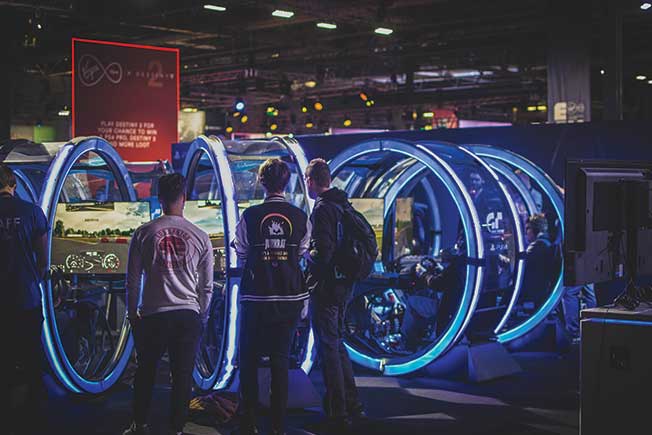As a partner in a branding agency that specializes in business and product launches, we see a lot of companies getting connected to the internet and using this as a unique market position over their competitors. Many companies are evaluating how the Internet of Things (IOT) can enhance their products and service. This is taking “ordinary things”, these “every day objects” that are moving away from our cell phones and onto our bodies, into our homes and our daily lives.
I asked 10 different people what is the Internet of Things and received 10 varying different answers.
IOT Definition:
Wikipedia defines the Internet of Things (IOT) as the interconnection of uniquely identifiable embedded computing devices with the existing internet infrastructure.
In past years, we came to understand M2M, machine-to-machine communications. Data could be pulled from manufacturing equipment, health care devices, farming implements and much more. This data could be viewed on computers and adjustments could be made without even being in the same country.
Consumer Internet connected devices have exploded in the past few years. Gartner stated 50 Million wearable units were sold in 2014, By 2017, wearable devices will drive more then 50% of total mobile app interactions.
Cisco believes that 50 Billion devices will be connected by 2020 and Morgan Stanley feels the number could reach as high at 75 Billion. Even today we are seeing compact sensors that are embedded into everyday consumer electronics.
Your fridge can tell you when you are out of milk, your house can tell you the perfect temperature based on energy budgets. Your pet’s water bowl alerts you when the water is getting low or is dirty.
What does this mean for your brand?
The IOT allows decision makers and consumers to be connected and more informed then ever before. Consumers want a personalized experience based on the data they supply through their connected devices.
The IOT connected buyer’s data is immense and powerful. We gain insight into our customer’s journey using our brands, allowing us to personalize offers. According to Infosys, 78% of consumers are more likely to be a repeat customer if they receive personalized offers.
Top keys to consider for marketers:
Digital marketing will continue to be cluttered. Consider relevant and emotional content to connect decision makers to your brand.
Customer experience is an ever-changing target. What worked today, will not work tomorrow. Understanding the data from The Internet of Things will allow you to make faster decisions.
Consider the fourth screen and beyond. The smartphone was the third screen that marketers had to worry about. We poured over data and developed content for this personal device. We have screens in cars, on home devices and on manufacturing equipment. These screens are typically connected back to the users smartphones and computers. The challenge to marketers is to remain relevant and push messaging to the right screen at the right time.
How many focus groups have we sat through to determine buyer’s preference? IOT devices capture brand preferences and responses to brand elements. This information allows marketers to improve customer relationships, improve sales and lower costs.
Danger is lurking in the IOT. The FTC states that 25 Billion objects are already online worldwide. These are sensors on planes, trains and manufacturing devices. These sensors control traffic lights, wastewater and other infrastructure.
HP Security Research released a study stating 70 percent of most commonly used IOT devices have security vulnerabilities. Security measures are key as the IOT grows.
In the end the Internet of things will allow us to understand the customer’s use of a brand. This data will give marketers the ability to deliver relevant offers. This process will shorten sales cycles and ultimately driving a positive customer experience that increase your brand value.
